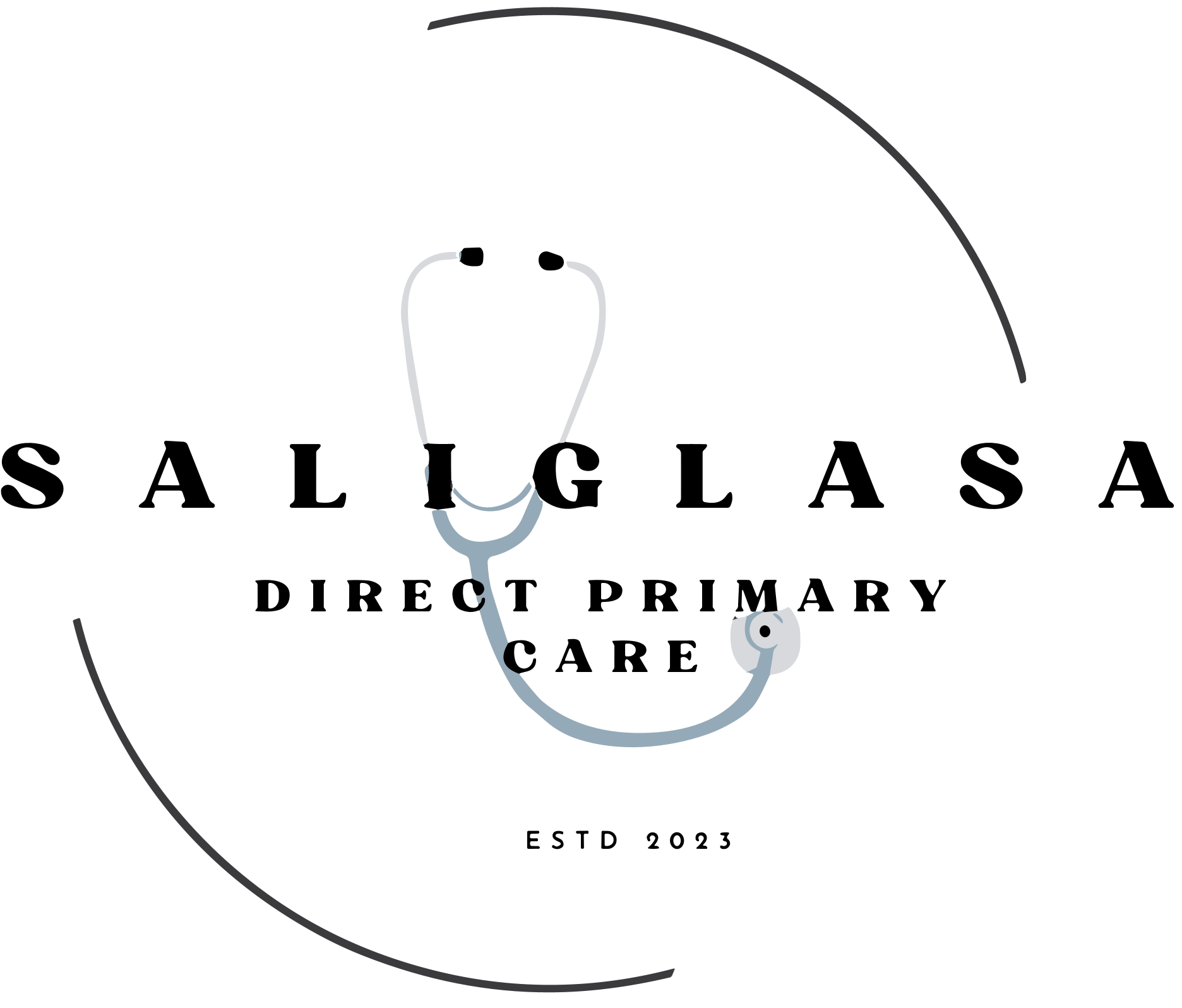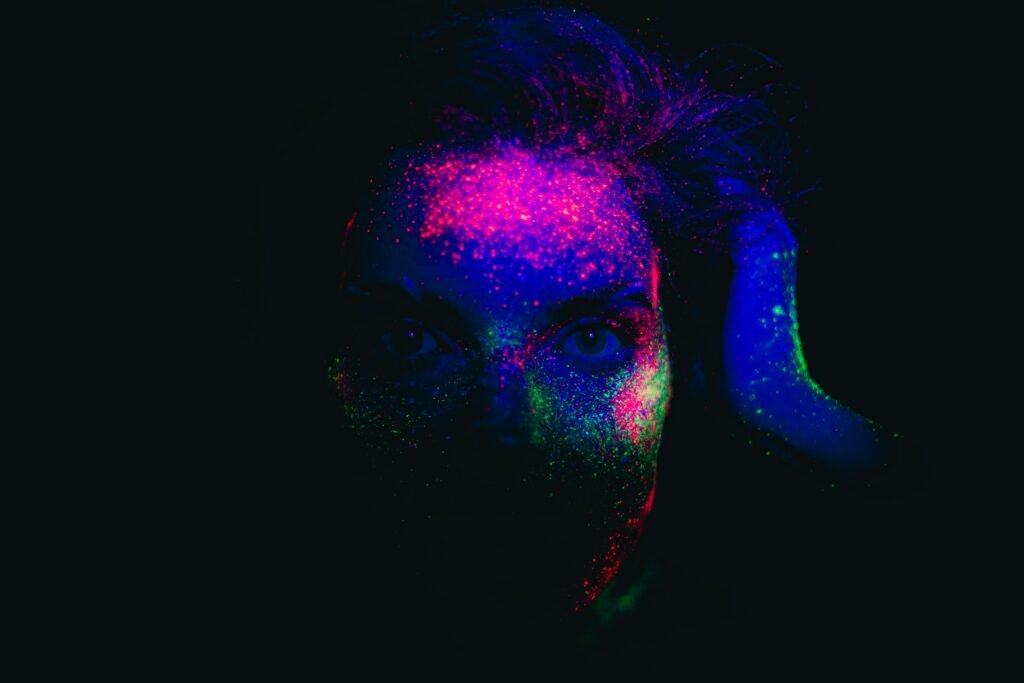I was recently intrigued by an article discussing the detection of Ultraweak Photon Emission (UPE)—a faint light emitted by living organisms that disappears when they die (1). Although research in this area is still in its early stages, scientists believe UPE could one day serve as a non-invasive clinical marker of oxidative stress and metabolic activity in tissues. It may even have implications for diagnosing diseases like cancer. (If you are like me your first thought may be isn’t that the technology PET scan uses. The answer is not quite- PET scan relies on the emission of gamma rays from a radioactive tracer material that is injected in the vein. UPEs are spontaneously emitted by living cells).
Beyond its theoretical medical potential, what captivated me most was the reminder of the incredible, often hidden complexity of the human body. Much like certain marine creatures that use bioluminescence to hunt or evade predators, it turns out that we too emit light—albeit faint and invisible to the naked eye—when we are alive.
I love poetry and one of my favorite poems is from the Bible:
“I praise you, for I am fearfully and wonderfully made.”
—Psalm 139:14
I remember writing this verse on the first page of my copy of Frank Netter’s Atlas of Human Anatomy—a required textbook for first-year med students at UNC-Chapel Hill. When our anatomy class reached the section on the eye, I was completely blown away by the intricacies of such a small organ.
We often take sight for granted, but behind the scenes is an astonishing array of coordinated processes. For instance, the iris—the colored part of the eye—contracts and dilates the pupil in response to light, adjusting in less than a second. The lens, a biconcave structure located just behind the iris, constantly shifts shape to keep objects in focus, whether near or far. This camera-like functionality is just one of the many fascinating tasks these small but vital organs carry out every second of the day-without our conscious input.
Today, I flipped through my well-worn “Netter” and revisited plates 82–86, the eye section. With a touch of nostalgia and awe, I was reminded of how astonishingly intelligent the human body is—and how much more there is to learn.
Maybe one day soon, we’ll harness UPEs and other natural tracers of biological activity to watch the body in action, live and in real time! Until then, I’ll keep marveling at how much light—literal and metaphorical—resides in us all.
1. Salari, V., Seshan, V., Frankel, L., England, D., Simon, C., & Oblak, D. (2024). Imaging ultraweak photon emission from living and dead mice and from plants under stress. bioRxiv. https://doi.org/10.1101/2024.11.08.622743

